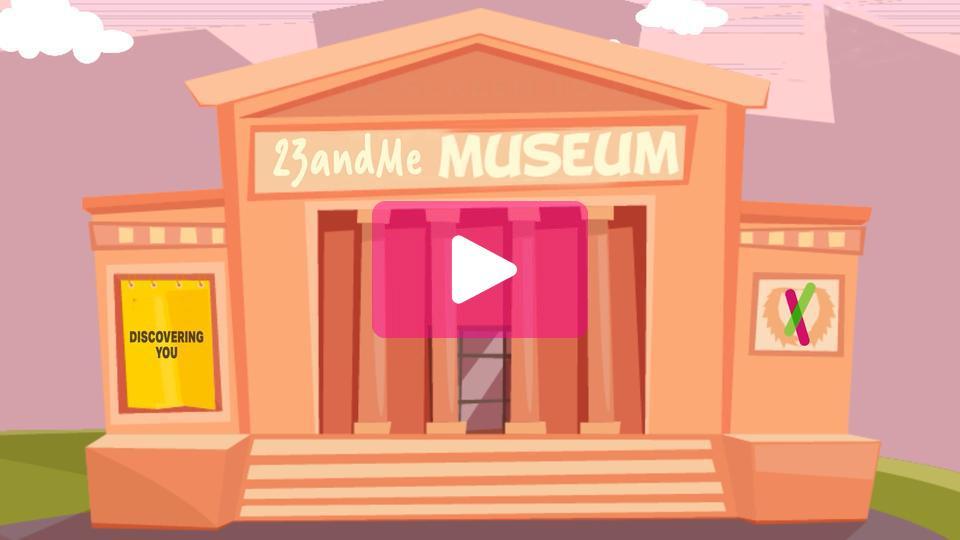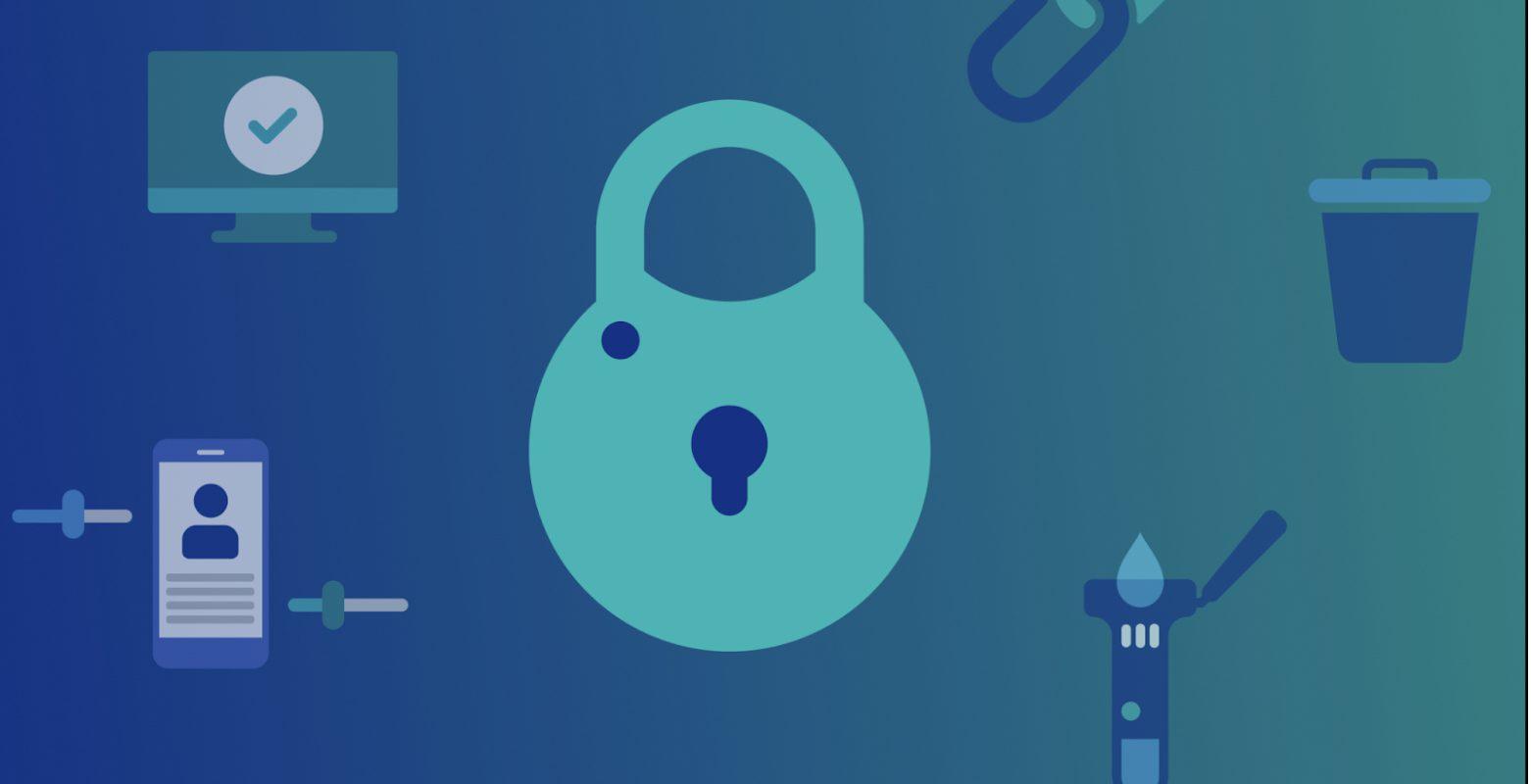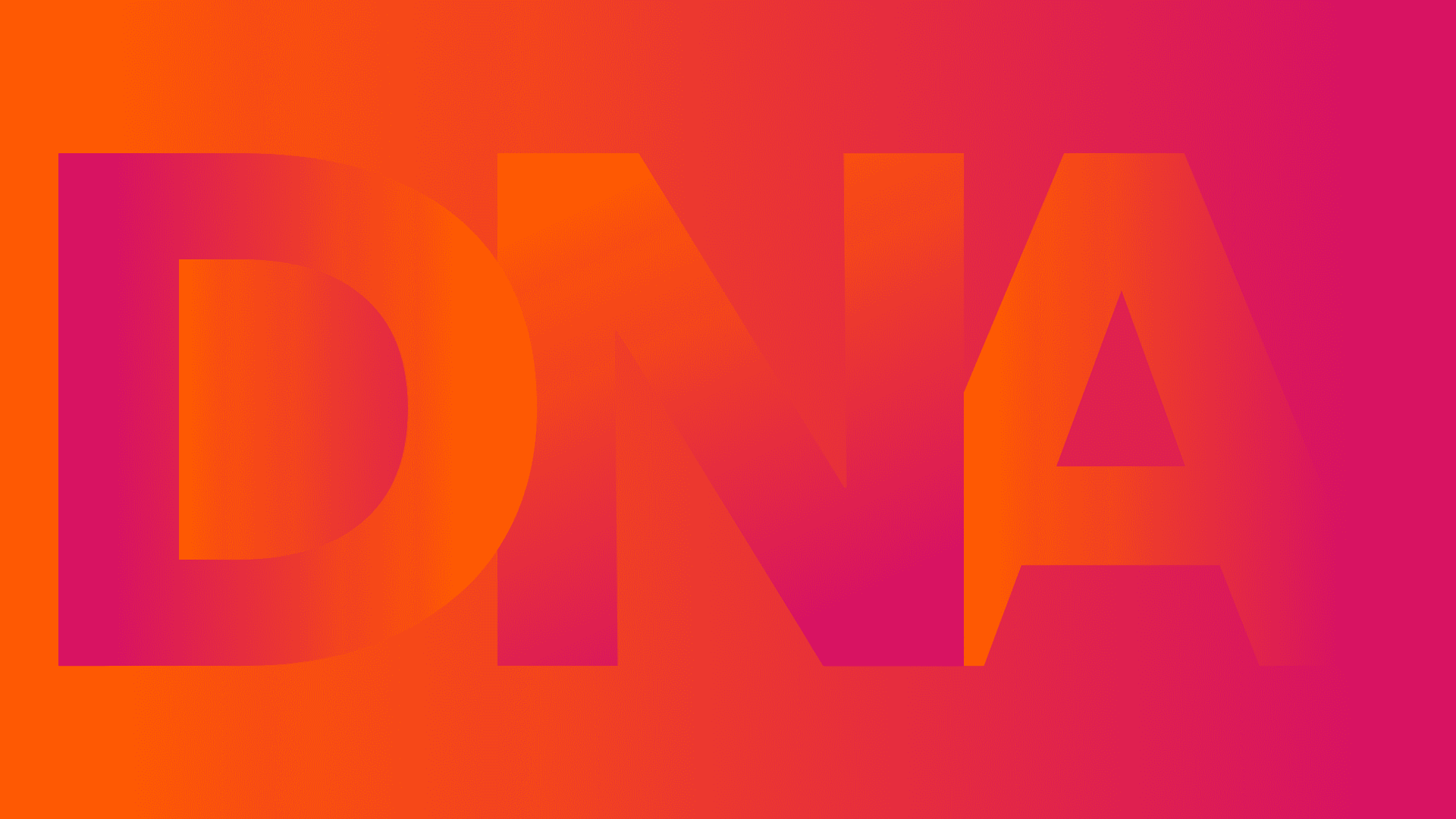Editor’s note: This post has been edited to reflect changes to the 23andMe ancestry product.
Nearly 37 million Americans claim to have Irish heritage according to a national survey conducted in 2009.
That’s over eight times the number of people living in Ireland today. Although it’s remarkable that nearly 1 in 10 Americans might say “Kiss Me I’m Irish!” on St. Patrick’s day, it’s not clear if all these people actually have Irish ancestors or if they simply feel an affinity for corned beef and green beer.
So how do you know if you have Irish ancestry? Often this information is passed down through family stories, for instance, my mother claims to be a quarter Irish and so I’m apparently one-eighth Irish.
But can I look at my DNA to verify this?
It turns out that maternal and paternal lines can offer some clues about Irish ancestry.
In my case, my maternal line, traced through mitochondrial DNA that I inherited from my mother (thanks Mom!), told me that I’m a sub-type of a lineage called H6a (specifically H6a1b). H6a is is an offshoot of the broader H maternal line and is found at low levels – 4% or less – in the Czech Republic, Slovakia, France, Sweden… and Ireland! So, although it doesn’t completely verify the story, this one branch of my ancestral tree is at least consistent with claims of Irish ancestry on my mother’s side.
What is a “maternal line”?
Maternal lines are inherited through mitochondrial DNA – both women and men have mitochondrial DNA, but it’s only the mother’s mitochondrial DNA that is passed on to a child.
What is a “paternal line”?
Paternal lines are inherited through the Y chromosome, which only men have. (Remember that women have two X chromosomes while men have one X and one Y chromosome). Since women don’t inherit a Y chromosome, they must trace their paternal line through their father’s, brother’s or paternal uncle’s Y-chromosome data.
If instead, I want to see if I have Irish ancestry on my father’s side (even though my father has never claimed to be Irish!), I can investigate my paternal line, which is traced through DNA on the Y chromosome and passed from father to son.
Even though I don’t have a Y chromosome, I can learn about my paternal line through my biological brother’s or father’s DNA.
85% of Irish men belong to a paternal lineage called R1b1b2, but since this line is also common across the rest of western Europe, it doesn’t definitively determine if a man has Irish ancestry. If a man has a sub-type of this lineage (called R1b1b2a1a2f2), however, it’s much more likely that his DNA might actually trace to Ireland. Research suggests that many men of this line are descendants of an Irish king named “Niall of the Nine Hostages” who ruled during the 4th and 5th centuries.
According to legend, Niall led one of the most powerful and enduring Irish kingdoms and it has been suggested that because of high rates of Irish emigration to North America and other parts of the world, up to two or three million men descend from Niall!
Learning about our ancestry is particularly fun when we can toast to it. Even if you don’t have Irish ancestry, we wish you a Happy St. Patrick’s day and encourage you to explore the hidden stories in your DNA.




